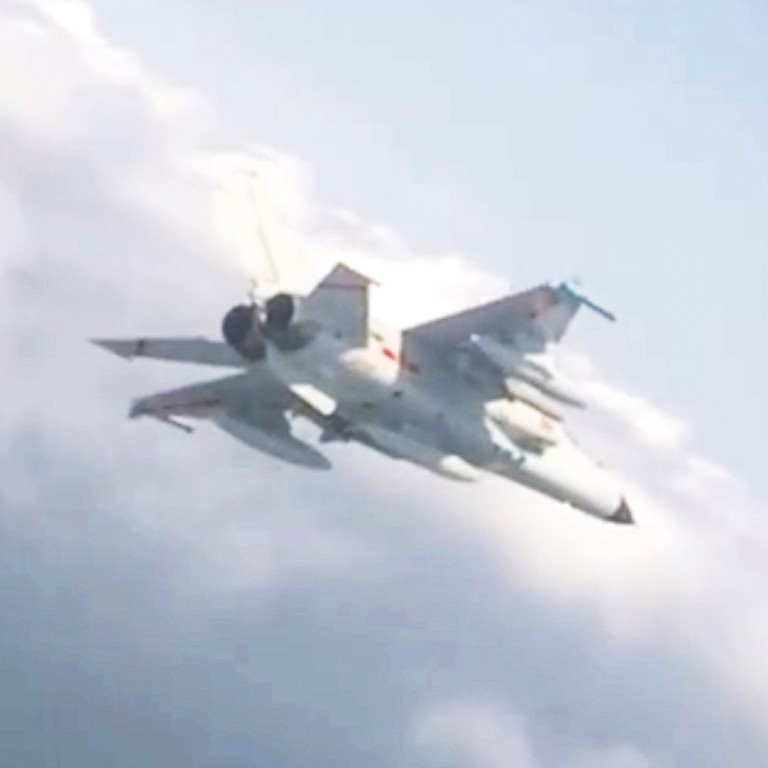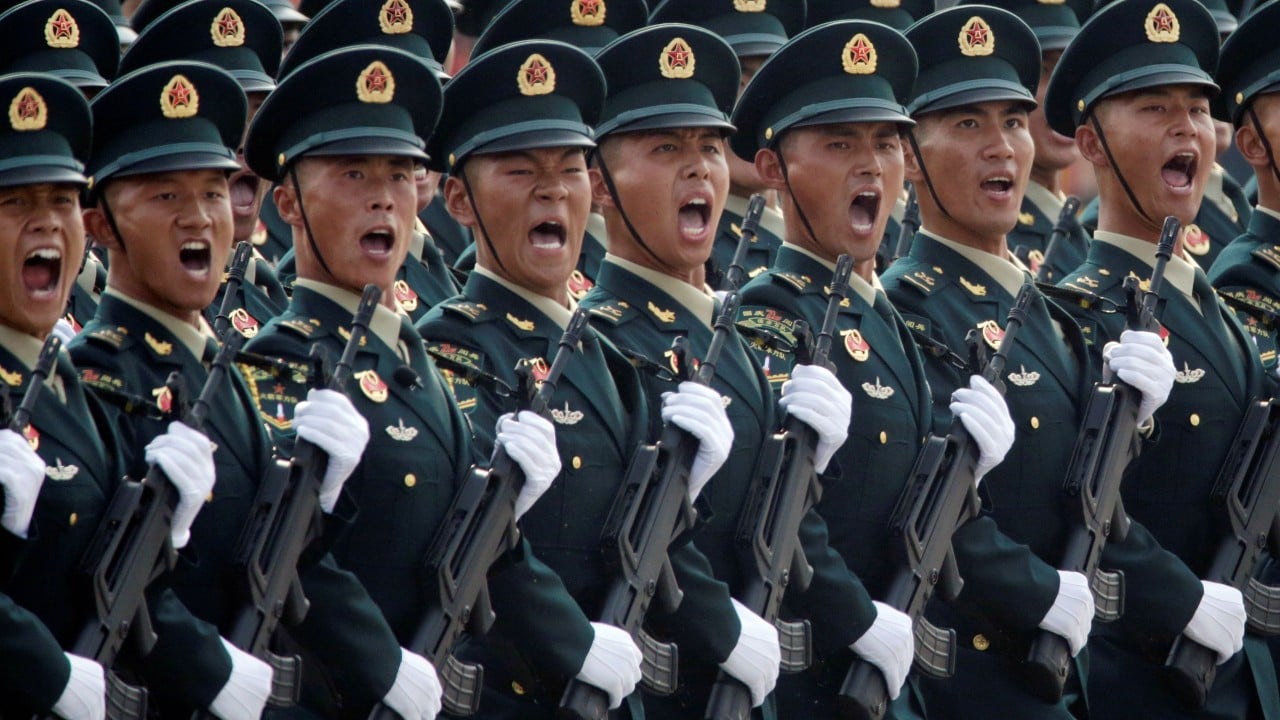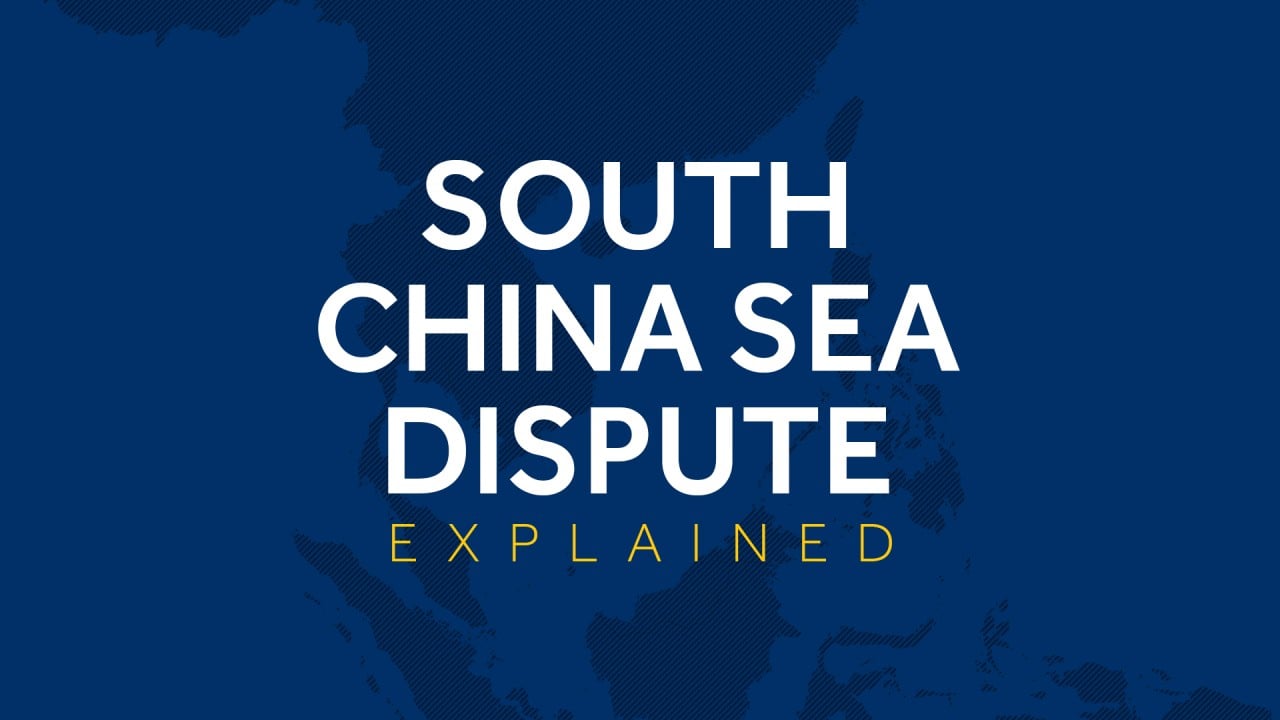
China’s navy drills in 4 regions show ability to counter US, observers say
- Exercises held at roughly the same time in South China Sea, East China Sea, Yellow Sea and Bohai Gulf
- US last month conducted air defence exercises in the disputed South China Sea and indicated greater willingness to confront China there
Experts said the timing of the drills was intended to signal a capability to mobilise forces in multiple locations, even though Beijing was not aiming to fight a war against the US.
Maritime safety administrations in four locations issued notices between Friday and Sunday announcing drills, and the People’s Liberation Army (PLA) said exercises had been completed in another. The locations included two in the South China Sea, one in the East China Sea, one further north in the Yellow Sea, and one in the Bohai Gulf, the innermost gulf of the Yellow Sea.

01:22
Taiwan posts video of troops ‘fending off attack from mainland’ amid worsening cross-strait tensions
On the same days, north of Hainan but still in southern China, an area off Guangdong province in the South China Sea had also been cordoned off to marine traffic while exercises took place.
In the East China Sea, the PLA navy had recently conducted air exercises to practise all-weather combat, its Eastern Theatre Command said on Weibo, China’s equivalent of Twitter, on Sunday.
An area of the Yellow Sea off Lianyungang was restricted from Saturday until Wednesday during live-fire naval exercises, while an area off Tangshan in the Bohai Gulf has been cordoned off since Monday and will remain so until September 30 for live-fire military exercises, the notices said.
Despite it stepping up training and exercises in all services, it is unusual for China to conduct exercises in four areas at roughly the same time, and after a major round of exercises in the month preceding it.
Major exercises were held near Taiwan in mid-August “to safeguard national sovereignty”, coinciding with US Health Secretary Alex Azar’s trip to the island. Azar was the highest-ranking US official to visit Taiwan since Washington switched its diplomatic recognition from Taipei to Beijing in 1979.
In July, China conducted military exercises in the South China Sea, the East China Sea and the Yellow Sea, at a time when two US aircraft carriers conducted tactical air defence exercises in the South China Sea that the US military said were in support of a free and open Indo-Pacific. But those Chinese exercises were not conducted simultaneously.
Collin Koh, a research fellow from the S Rajaratnam School of International Studies at Singapore’s Nanyang Technological University, said China’s four military exercises this time sent out both political and operational signals.

04:12
Are Xi Jinping’s China and Donald Trump’s US destined for armed conflict?
“The first relates to demonstrating resolve in keeping up with peacetime combat preparations in the eyes of both domestic public and external audiences,” Koh said. “The move would be primarily directed at the recent spate of US and allied military activities in those areas.
“Operationally, it’s to showcase the PLA’s ability to carry out major mobilisation of forces for training across multiple sea areas – which also highlights that the PLA isn’t affected in any way by the pandemic.”
South China Sea: Philippine defence secretary dismisses Beijing’s nine-dash line
Song Zhongping, a military commentator in Hong Kong, said any future warfare could happen in multiple places at once, a key reason why China was holding different naval drills at the same time.
“The Chinese military needs to put a special focus on the Bohai Gulf, which nears Beijing, the capital, so must be guarded strictly,” Song said. “We can aim for peace strategically, but we must have military means to back up this goal.”

03:23
The South China Sea dispute explained
China has since stepped up its approaches to Southeast Asian nations, stressing Beijing’s desire to resolve the maritime disputes through dialogue, and has called on those countries not to side with the US.
Chinese Foreign Minister Wang Yi has urged those nations to resume talks over a code of conduct for the South China Sea. China’s top diplomat Yang Jiechi told Singaporean Prime Minister Lee Hsien Loong last week that Beijing wanted to boost cooperation with the Association of Southeast Asian Nations.

